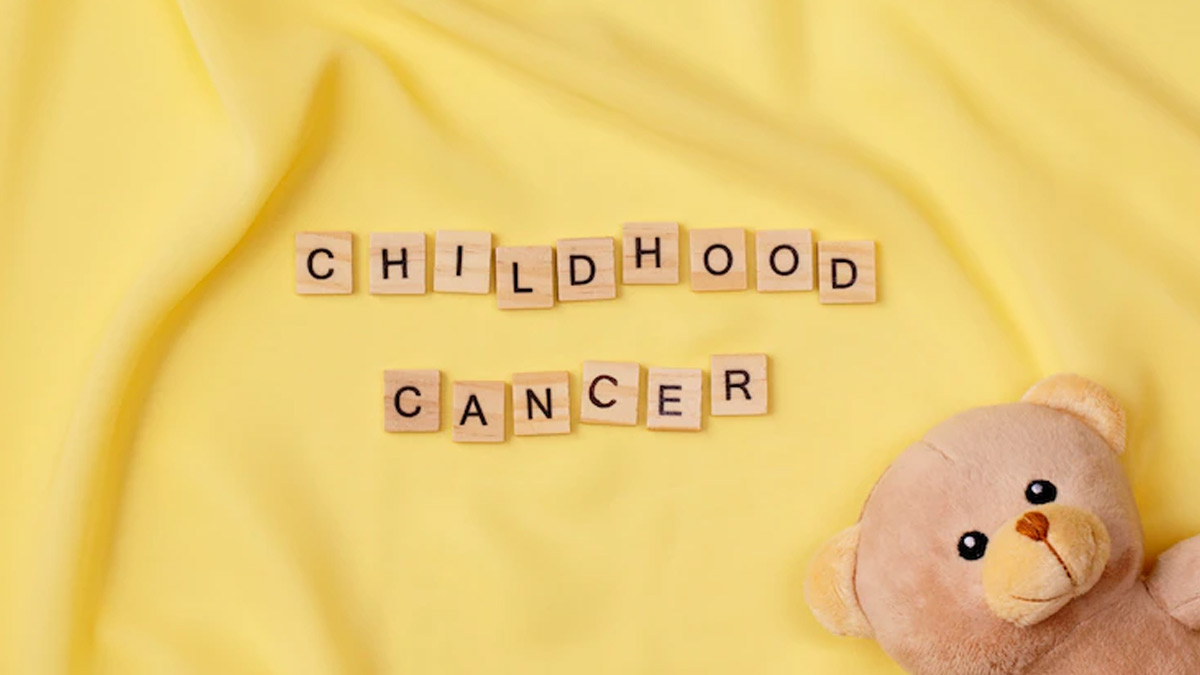Cancer, an adversary that respects no age, indiscriminately touches lives across generations, leaving families in states of uncertainty and concern. While certain cancers predominantly afflict adults, kidney cancer, typically associated with older individuals, occasionally surfaces in children, albeit exceptionally rarely. This intriguing anomaly raises pertinent questions: Can kidney cancer genuinely manifest in children, and if so, what factors contribute to its occurrence? Let’s explore the intricacies of pediatric kidney cancer, shedding light on its infrequent appearance and the underlying elements that shape this unexpected diagnosis.
Decoding the Rarity:
Pediatric kidney cancer stands as a rare entity, forming a minute fraction of childhood cancers. In contrast to adult kidney cancer, which commonly manifests as renal cell carcinoma, pediatric kidney cancer often takes the form of Wilms tumor, a distinctive kidney cancer type specific to children. Wilms tumor predominantly strikes children between the ages of three and four, marking it as one of the prevalent forms of kidney cancer among the young.

Read more.. Progresses in Clinical Innovation: Developments Forming Medical Care Conveyance
The Complex Origins:
The exact cause of kidney cancer in children remains elusive, perplexing medical experts and researchers alike. Unlike certain cancers linked to specific risk factors, such as smoking and lung cancer or UV exposure and skin cancer, pediatric kidney cancer seems to develop independently of lifestyle choices. However, ongoing research has identified potential factors that might contribute to the emergence of kidney cancer in children:
- Genetic Predisposition: Some cases reveal a genetic inclination to kidney cancer within families, heightening the likelihood of its occurrence in children. Specific genetic mutations can amplify the risk, leading to early onset in pediatric patients.
- Congenital Anomalies: Children born with particular congenital anomalies, like Beckwith-Wiedemann syndrome, face a higher risk of developing kidney cancer. These anomalies can disrupt the normal growth and development of kidney tissues, culminating in the formation of cancerous cells.
- Environmental Influences: Although rare, exposure to specific environmental factors, such as particular chemicals or toxins, might contribute to the development of kidney cancer in children. Nonetheless, such instances are exceptionally scarce, necessitating extensive research for definitive conclusions.
Challenges in Diagnosis and Treatment Approaches:
Detecting kidney cancer in children presents distinctive hurdles owing to its infrequency and the need for specialized knowledge. Pediatric oncologists employ a combination of imaging examinations, biopsies, and genetic testing to precisely validate the diagnosis. Once diagnosed, the treatment typically adopts a multidisciplinary strategy, integrating surgical procedures for tumor removal, chemotherapy, and occasionally radiation therapy. The treatment plan specifics fluctuate according to the cancer’s stage and the overall health condition of the child.
Read more.. Guarding Your Newborn from Mosquito Bites: Tips for a Serene Night
Hope Amidst Complexity:
Although pediatric kidney cancer remains a rare and puzzling occurrence, advances in genetic research and targeted therapies offer a glimmer of hope. Understanding the underlying genetic mutations associated with pediatric kidney cancer can pave the way for more precise treatments, potentially enhancing outcomes for affected children.
In conclusion
pediatric kidney cancer stands as a rare and intricate phenomenon, captivating the attention of researchers seeking to unveil its mysteries. With a deeper comprehension of genetic factors and continual progress in medical science, there is optimism for more effective treatments and improved outcomes for young patients. As researchers delve further into the complexities of this disease, the medical community moves closer to providing answers, support, and ultimately, a cure for this uncommon form of cancer affecting the youngest members of society.
Read more.. Care Supreme Health Insurance: Your Top Choice for Comprehensive Coverage




